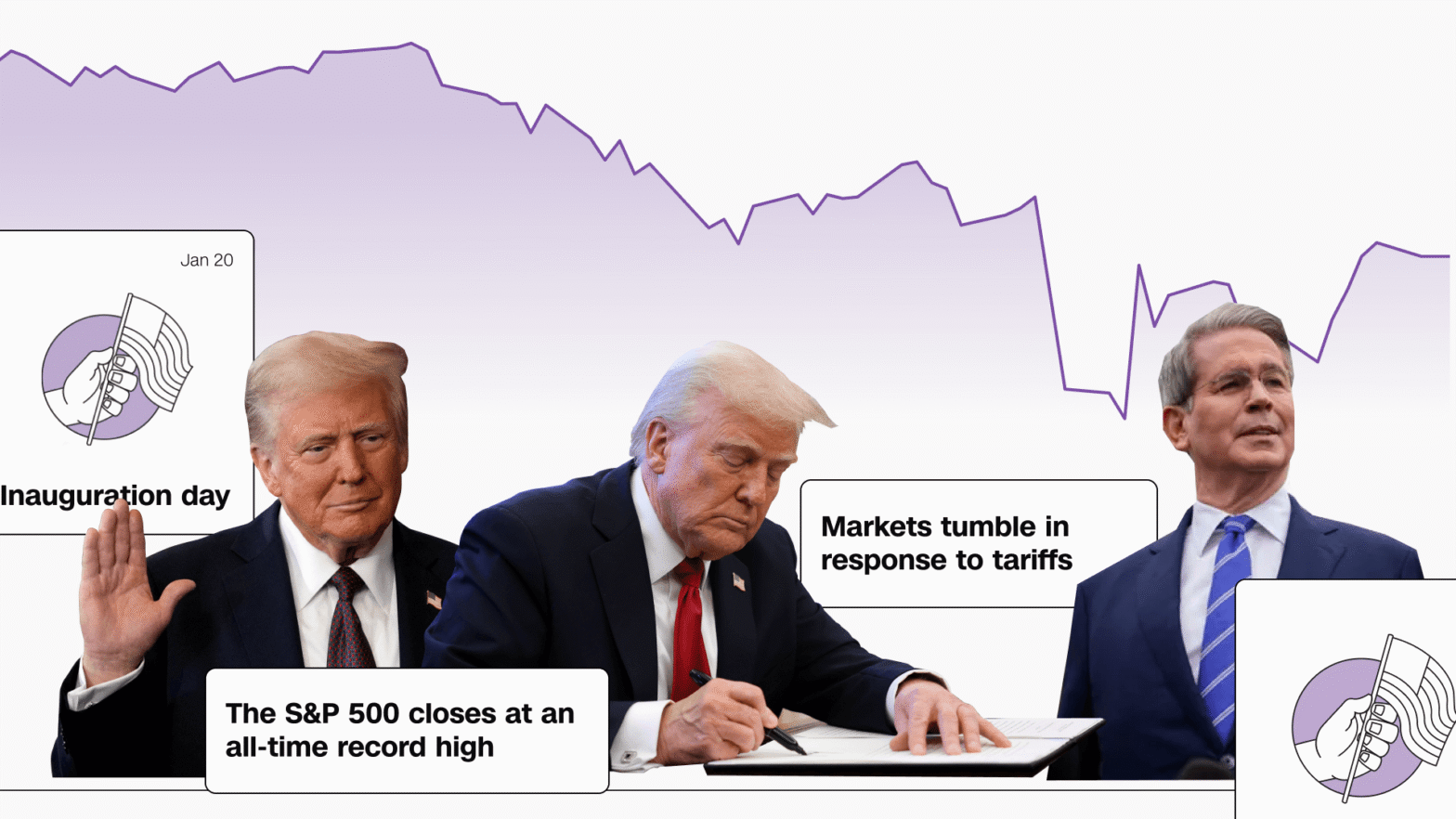editorial-team@simplywallst.com (Simply Wall St)
3 min read
In This Article:
With its stock down 9.6% over the past month, it is easy to disregard Mistras Group (NYSE:MG). However, the company’s fundamentals look pretty decent, and long-term financials are usually aligned with future market price movements. Particularly, we will be paying attention to Mistras Group’s ROE today.
ROE or return on equity is a useful tool to assess how effectively a company can generate returns on the investment it received from its shareholders. In other words, it is a profitability ratio which measures the rate of return on the capital provided by the company’s shareholders.
Return on equity can be calculated by using the formula:
Return on Equity = Net Profit (from continuing operations) ÷ Shareholders’ Equity
So, based on the above formula, the ROE for Mistras Group is:
9.5% = US$19m ÷ US$199m (Based on the trailing twelve months to December 2024).
The ‘return’ is the profit over the last twelve months. So, this means that for every $1 of its shareholder’s investments, the company generates a profit of $0.10.
Check out our latest analysis for Mistras Group
So far, we’ve learned that ROE is a measure of a company’s profitability. Based on how much of its profits the company chooses to reinvest or “retain”, we are then able to evaluate a company’s future ability to generate profits. Generally speaking, other things being equal, firms with a high return on equity and profit retention, have a higher growth rate than firms that don’t share these attributes.
When you first look at it, Mistras Group’s ROE doesn’t look that attractive. Next, when compared to the average industry ROE of 21%, the company’s ROE leaves us feeling even less enthusiastic. Despite this, surprisingly, Mistras Group saw an exceptional 61% net income growth over the past five years. Therefore, there could be other reasons behind this growth. Such as – high earnings retention or an efficient management in place.
As a next step, we compared Mistras Group’s net income growth with the industry, and pleasingly, we found that the growth seen by the company is higher than the average industry growth of 11%.
Earnings growth is an important metric to consider when valuing a stock. The investor should try to establish if the expected growth or decline in earnings, whichever the case may be, is priced in. By doing so, they will have an idea if the stock is headed into clear blue waters or if swampy waters await. One good indicator of expected earnings growth is the P/E ratio which determines the price the market is willing to pay for a stock based on its earnings prospects. So, you may want to check if Mistras Group is trading on a high P/E or a low P/E, relative to its industry.

















